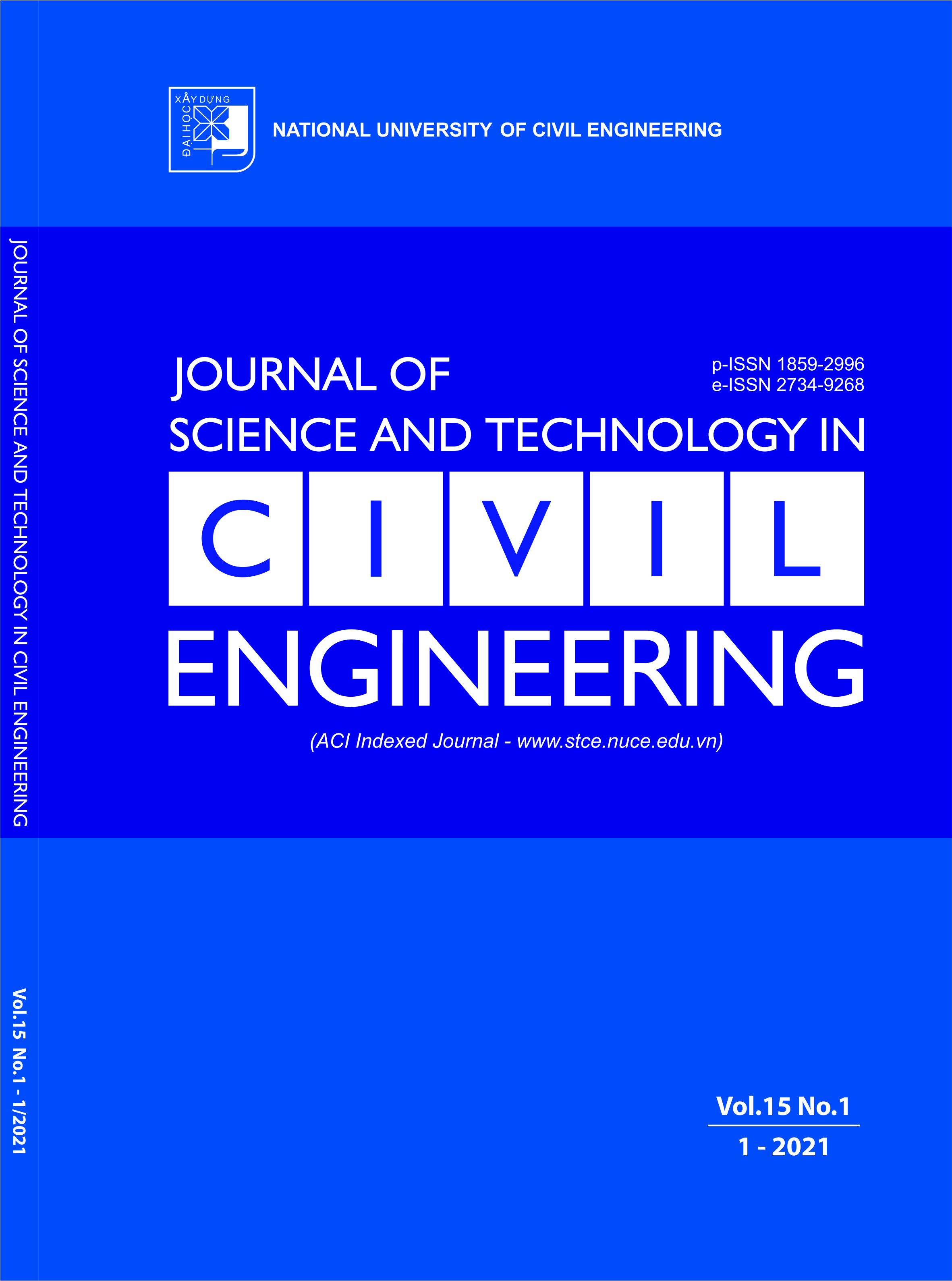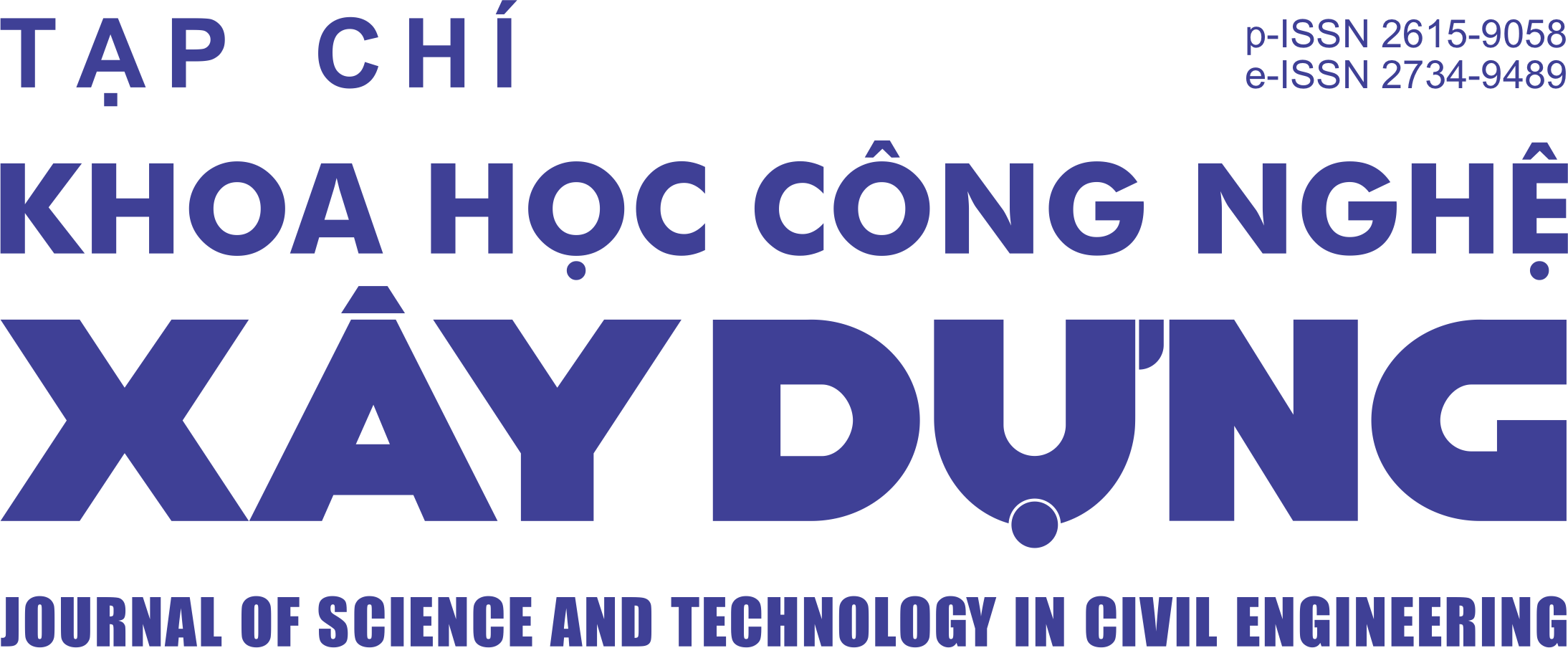Environmentally friendly unburnt bricks using raw rice husk and bottom ash as fine aggregates: Physical and mechanical properties
Abstract
In order to reduce the serious impacts of industrial and agricultural wastes on the environment, raw rice husk and bottom ash were used as fine aggregates, while fly ash was utilized as a binder material in the production of unburnt building bricks. Two group mixtures were designed with water-to-binder (W/B) ratios of 0.30 and 0.35. The rice husk was used to replace 0%, 3%, 6%, and 9% of bottom ash content by mass. An experimental program was carried out on the brick samples at different ages from 3-day to 28-day to determine the main physical and mechanical properties of brick, such as unit weight, compressive strength, water absorption, ultrasonic pulse velocity and thermal conductivity. The microstructure of brick material was captured using scanning electron microscope technique. The experimental results allow to identify the effects of rice husk, bottom ash content as well as W/B ratio on the properties of bricks. Brick samples produced in this study had a proper compressive strength meeting the practice requirement and were classified as Grade M3.5 and 5.0 based on TCVN 6477:2016. At the use of 9% rice husk, the unit weight and thermal conductivity of bricks were really low (1.06÷1.08 T/m3 and 0.201÷0.216 W/m.K), they are conformed to be used in temporary construction and insulation structures.
Keywords:
rice husk; bottom ash; fly ash; unburnt brick; ultrasonic pulse velocity; thermal conductivity.
Downloads
Copyright (c) 2021 National University of Civil Engineering

This work is licensed under a Creative Commons Attribution-NonCommercial-NoDerivatives 4.0 International License.
1. The Author assigns all copyright in and to the article (the Work) to the Journal of Science and Technology in Civil Engineering (JSTCE) – Hanoi University of Civil Engineering (HUCE), including the right to publish, republish, transmit, sell and distribute the Work in whole or in part in electronic and print editions of the Journal, in all media of expression now known or later developed.
2. By this assignment of copyright to the JSTCE, reproduction, posting, transmission, distribution or other use of the Work in whole or in part in any medium by the Author requires a full citation to the Journal, suitable in form and content as follows: title of article, authors’ names, journal title, volume, issue, year, copyright owner as specified in the Journal, DOI number. Links to the final article published on the website of the Journal are encouraged.
3. The Author and the company/employer agree that any and all copies of the final published version of the Work or any part thereof distributed or posted by them in print or electronic format as permitted herein will include the notice of copyright as stipulated in the Journal and a full citation to the Journal as published on the website.







